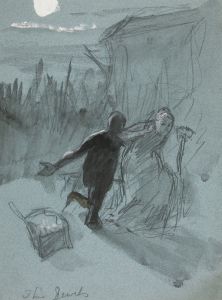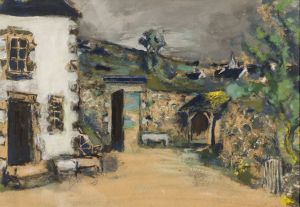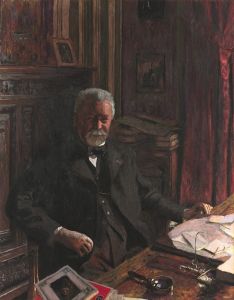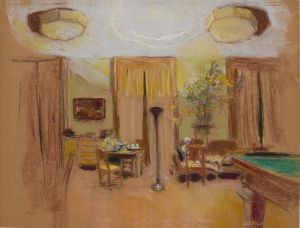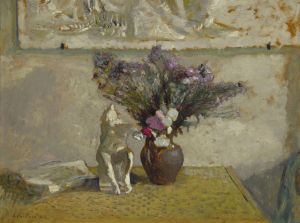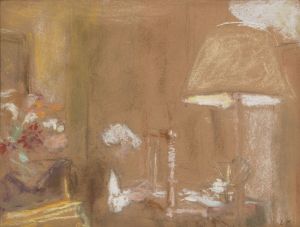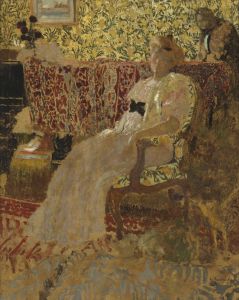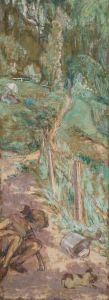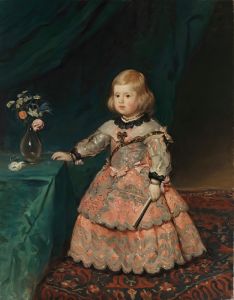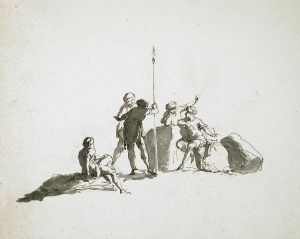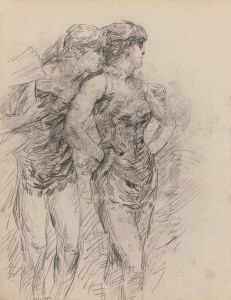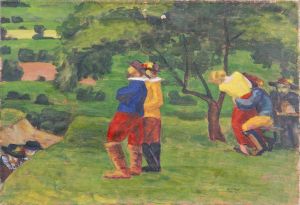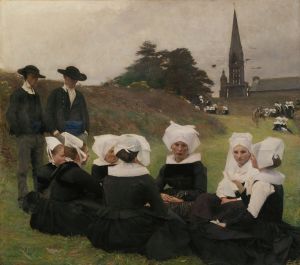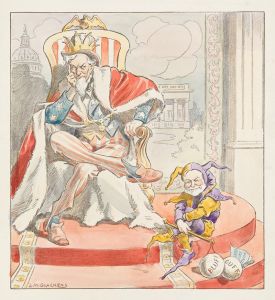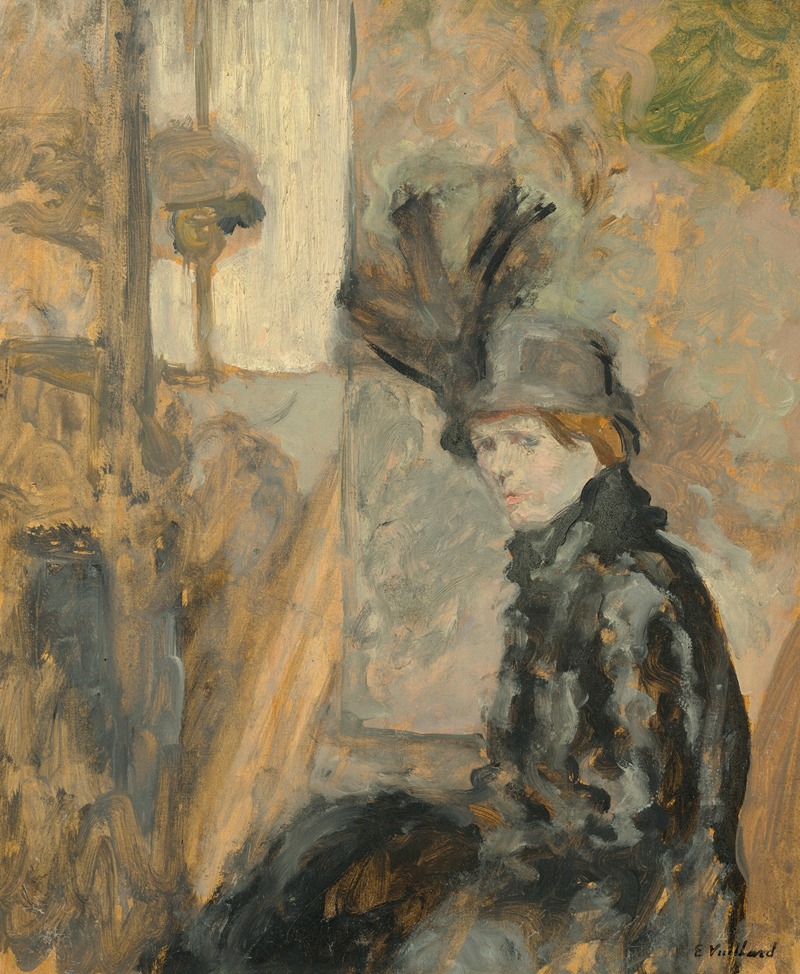
Le Shako à aigrette, Lili Lamy
A hand-painted replica of Édouard Vuillard’s masterpiece Le Shako à aigrette, Lili Lamy, meticulously crafted by professional artists to capture the true essence of the original. Each piece is created with museum-quality canvas and rare mineral pigments, carefully painted by experienced artists with delicate brushstrokes and rich, layered colors to perfectly recreate the texture of the original artwork. Unlike machine-printed reproductions, this hand-painted version brings the painting to life, infused with the artist’s emotions and skill in every stroke. Whether for personal collection or home decoration, it instantly elevates the artistic atmosphere of any space.
Édouard Vuillard's painting Le Shako à aigrette, Lili Lamy is a work by the French artist, who was a prominent member of the Nabi group, an avant-garde movement in the late 19th century. Vuillard is known for his intimate domestic scenes and his use of rich, decorative patterns, which often reflect his interest in the interplay between figures and their surroundings.
The title of the painting, Le Shako à aigrette, Lili Lamy, translates to "The Shako with Plume, Lili Lamy." A shako is a type of military hat, often adorned with a plume, which was commonly associated with ceremonial or formal military attire. The inclusion of "Lili Lamy" in the title suggests that the painting features or is associated with a person by that name, though specific biographical details about Lili Lamy are not widely documented in available sources.
The painting is characteristic of Vuillard's style, which often blurs the boundaries between the figure and the background, creating a harmonious composition that emphasizes texture, color, and pattern. Vuillard frequently painted members of his family, friends, and acquaintances, capturing moments of everyday life with a sense of intimacy and quiet observation. His works are often noted for their psychological depth and the subtle interplay of light and shadow.
As with many of Vuillard's works, Le Shako à aigrette, Lili Lamy reflects the artist's interest in the decorative arts and his ability to integrate elements of design into his compositions. Vuillard's approach to painting was influenced by his early training in decorative arts and his association with the Nabis, who sought to break away from traditional academic painting and explore new forms of artistic expression.
The exact date of the painting and its current location are not specified in readily available sources. Vuillard's works are held in major museums and private collections worldwide, and his paintings continue to be celebrated for their unique blend of intimacy, decoration, and modernist sensibilities.
No further detailed information about the specific context or history of Le Shako à aigrette, Lili Lamy is available in existing records.





